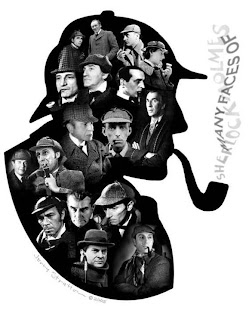Lately, I have created and given a lecture about Nonviolent Communication (or NVC) and since the topic is a very useful and interesting one, I have decided to share some part of it with all of you.
As you may already know, NVC is a process used for achieving resolutions to conflict and differences in a peaceful way, developed by American psychologist Marshall Rosenberg [1934-2015] in the Sixties.
By taking Mahatma Gandhi, German philosopher Erich Fromm [1900-1980] and the American psychologists George Albee [1921-2006], George Miller [1920-2012] and Carl Rogers [1902-1987] as sources of inspiration, Rosenberg "re-discovered" and systematized a way of communicating preconceived for difficult situations, where mediation skills are required.
By taking Mahatma Gandhi, German philosopher Erich Fromm [1900-1980] and the American psychologists George Albee [1921-2006], George Miller [1920-2012] and Carl Rogers [1902-1987] as sources of inspiration, Rosenberg "re-discovered" and systematized a way of communicating preconceived for difficult situations, where mediation skills are required.
[Many faces of Sherlock Holmes:
while "observing" a situation from the outside,
we should be a little bit like the famous detective]
we should be a little bit like the famous detective]
The first "official" version of Nonviolent Communication as a process appeared in 1972. A new version of this process appeared in 1992 and includes four steps:
You should remain cool and:
- observe the situation;
- keep track of what, when, how and in which circumstances something happened, as exactly as possible. Facts are the most important thing!
While discussing the matter with someone, you should:
- point out only what happened, without criticizing the person or the behavior;
- focus on facts, without assumptions, conjectures or guesswork about the feelings and the intentions of others. You can't read minds (yet) and you can only discuss the facts.
Even if this can be difficult and challenging or even if the situation is a recurring one, you should:
- focus on the present situation without recalling the past and possible previous conflicts.
See you next week on Saturday with Step #2., Feelings!
Tags: Nonviolent Communication, NVC, Marshall Rosenberg, Observations
What to read next:
7 easy tips on how to create the right frame for an important meeting
Visiting the blog for the first time? Aloha!
Where to start, if you are new
What to read next:
7 easy tips on how to create the right frame for an important meeting
Visiting the blog for the first time? Aloha!
Where to start, if you are new





